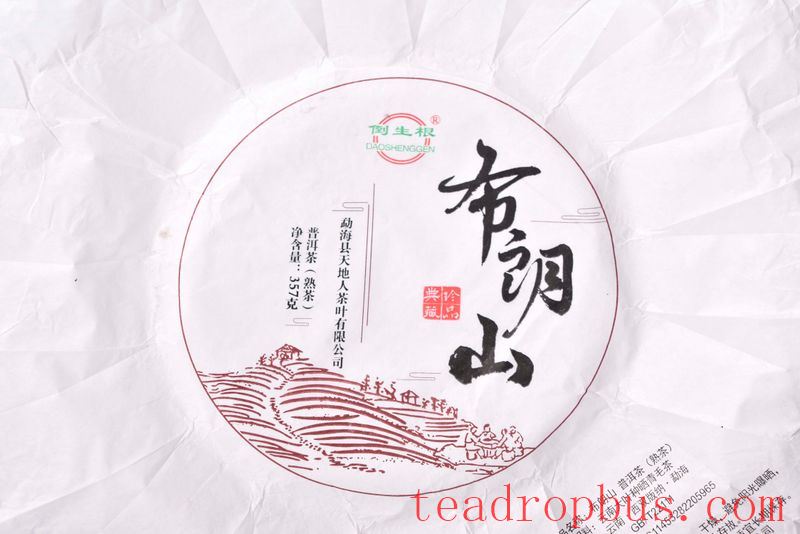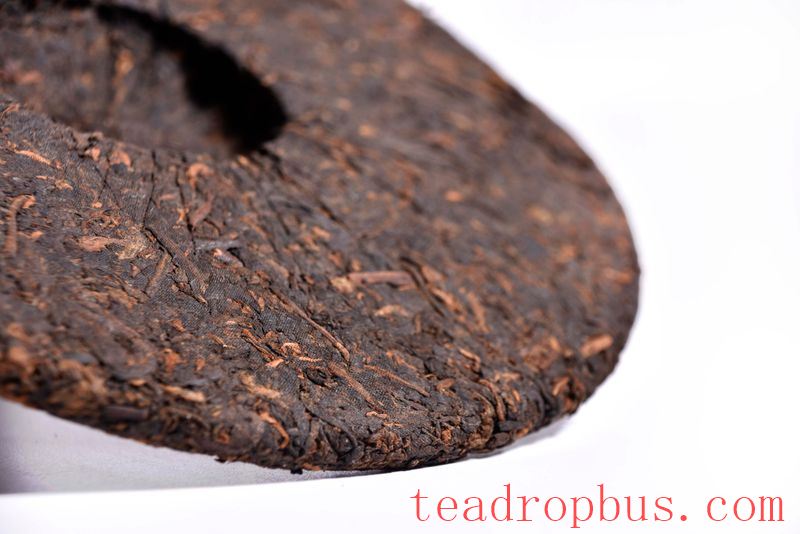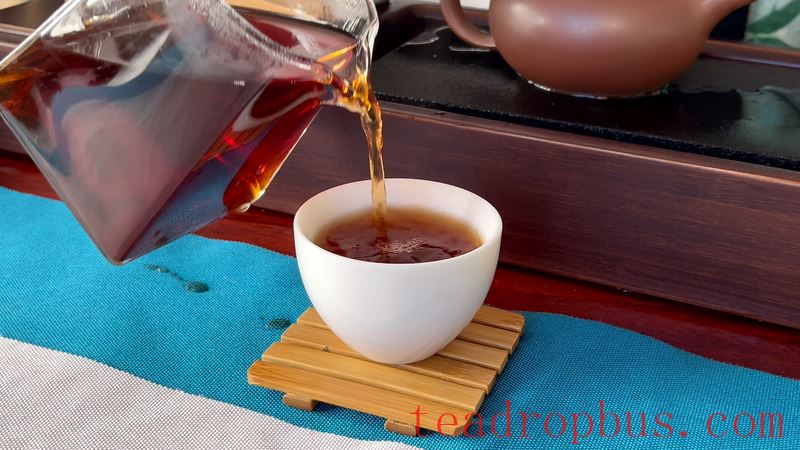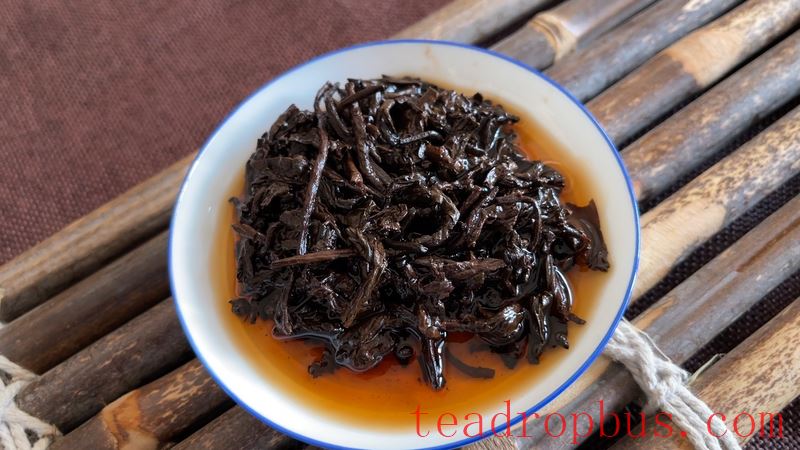For Pu'er Tea, some enthusiasts prefer raw tea, while others favor ripe tea. Ripe tea has a dark brown color, a pure and mellow taste, and a unique aged aroma, along with beneficial effects that are much loved by tea lovers and health enthusiasts. Pu'er ripe tea is made from Yunnan large-leaf sun-dried Green Tea as the raw material, which undergoes pile fermentation before being compressed. The ripe tea market is mixed, so what qualities do high-quality ripe teas possess?

Basic Elements for Appreciating Pu'er Ripe Tea
1. Sweetness
Sweetness is perhaps the simplest and most direct aspect of appreciating ripe Pu'er. A good ripe tea emits a sweet fragrance even before the tea soup touches your tongue. Once in the mouth, sweetness can be quickly perceived, spreading throughout the palate, with a long-lasting aftertaste after swallowing.
2. Thickness
When the tea soup enters the mouth and stimulates the taste buds, stir it with the tip of your tongue to feel the impact on the mouth. You can fully experience the rich fullness of the soup, which can also be understood as a viscous sensation. Thickness is not the same as the concentration of the tea soup; thickness refers to the texture being thick and syrupy, creating a noticeable sensation when swallowed.

3. Smoothness
Smoothness refers to the smooth feeling of ripe tea, similar to drinking chicken soup. Typically, very smooth tea flows naturally down the throat without effort after a brief pause in the mouth. In contrast, poor quality tea can feel harsh and rough in the throat when swallowed. There is a certain relationship between the smoothness and thickness of the tea soup, sometimes referred to collectively as “viscous smoothness.” The more mellow the tea, the more evident its smoothness will generally be.
4. Moisture
A good ripe Pu'er feels moisturizing in the mouth and throat, immediately relieving dryness. Conversely, some teas can leave the mouth and throat feeling dry after consumption, often referred to as “throat locking” or “dry throat.”
Experienced tea connoisseurs place great importance on the moisture of the tea. This moisture is essential for ripe Pu'er, leaving drinkers with a feeling of warmth and comfort, like a gentle breeze. Thickness, smoothness, and moisture are all closely related to the amino acid and Pectin content in the tea. Generally, if one of these aspects stands out, the others won't be far behind.

5. Purity
Purity is an important indicator of whether a ripe Pu'er is clean. Factors such as the sanitation of the fermentation environment, the correctness of the method, the appropriateness of the fermentation degree, and the ideal storage conditions can all be evaluated based on the purity of the tea soup. The term “purity” may seem abstract but is more often considered a “bodily sensation.” Pure tea soup feels very clean and comfortable in the mouth, without any discomfort.
Ripe Pu'er Teas to Avoid
1. Do not buy tea with a moldy smell, as this is usually due to improper storage and may pose a cancer risk when consumed.
2. Do not buy tea with carbonized leaves. Normally fermented ripe tea leaves have elasticity. If they are carbonized, it's likely that the tea has been over-fermented or improperly stored.
3. Do not buy tea with a fishy smell, as this usually indicates newly made ripe tea with a strong pile fermentation flavor, requiring several years before it becomes suitable for consumption.

When selecting ripe tea, first determine the types to avoid, then consider the factors mentioned earlier to choose a ripe tea without significant flaws.